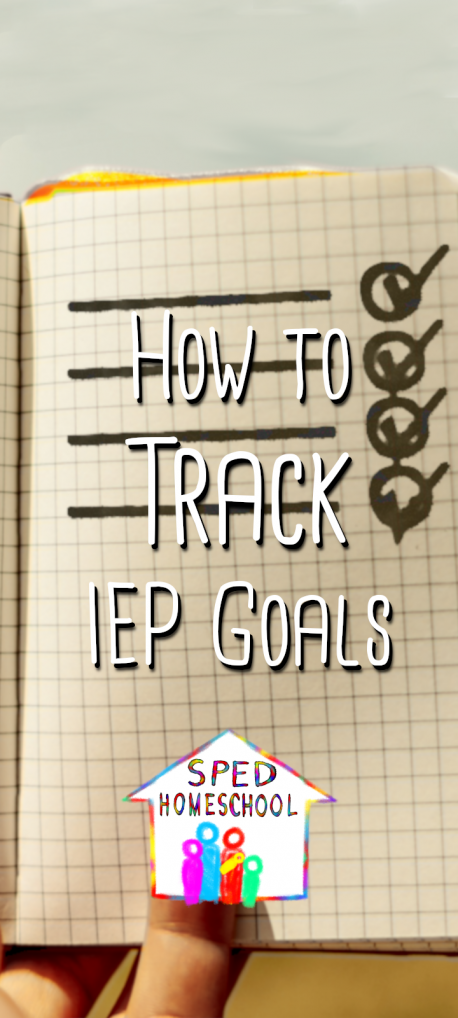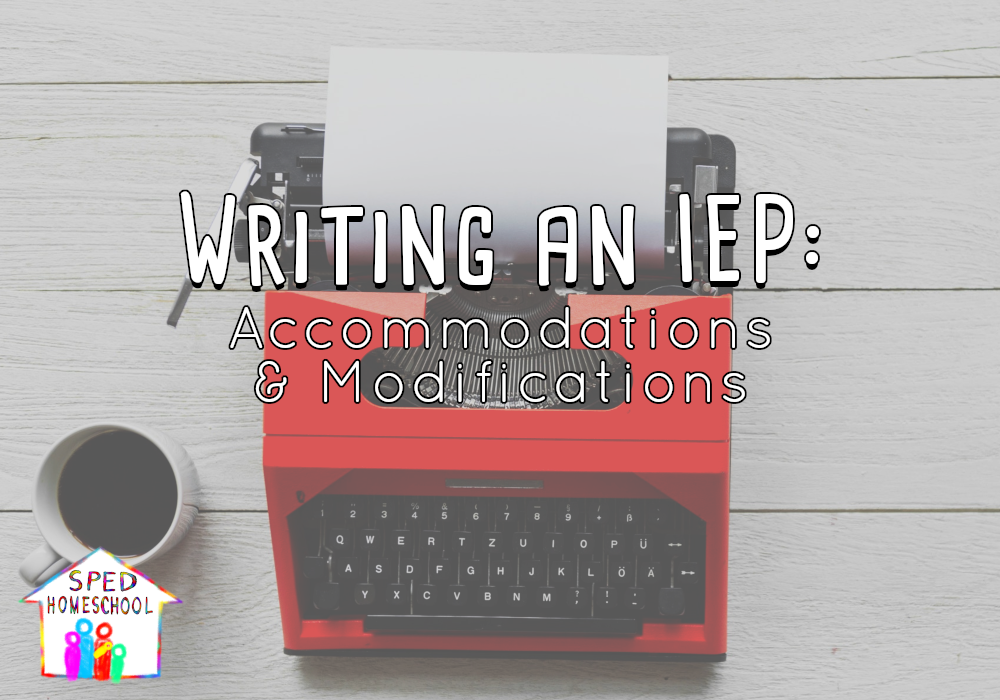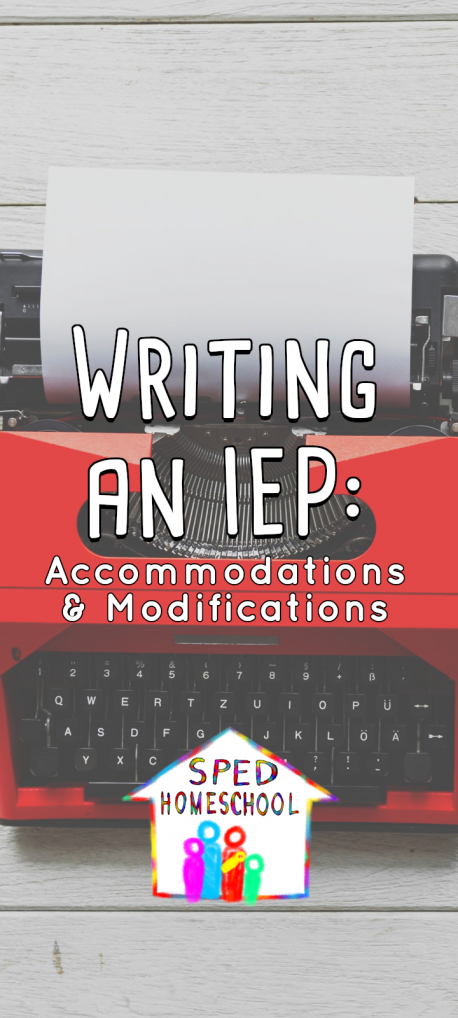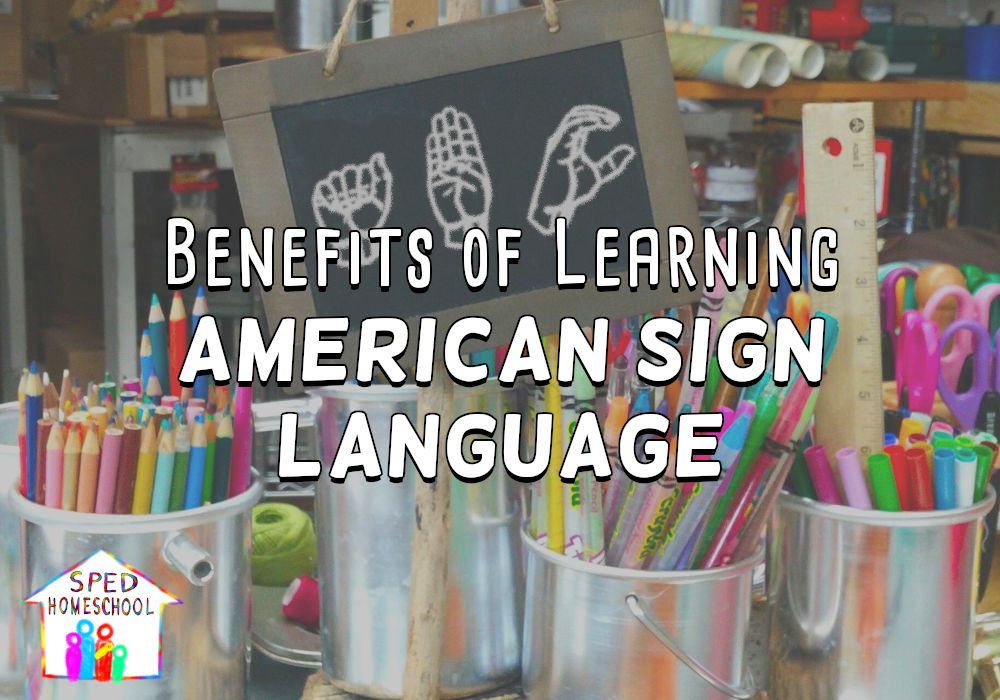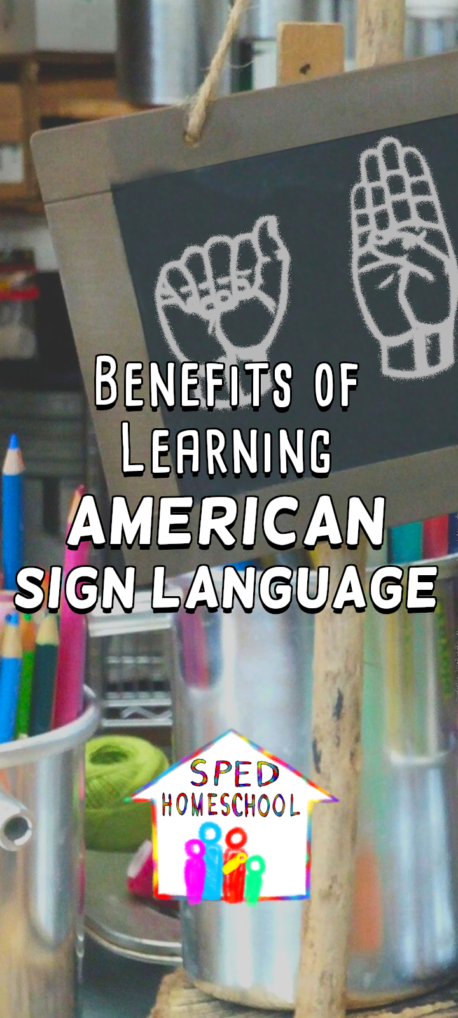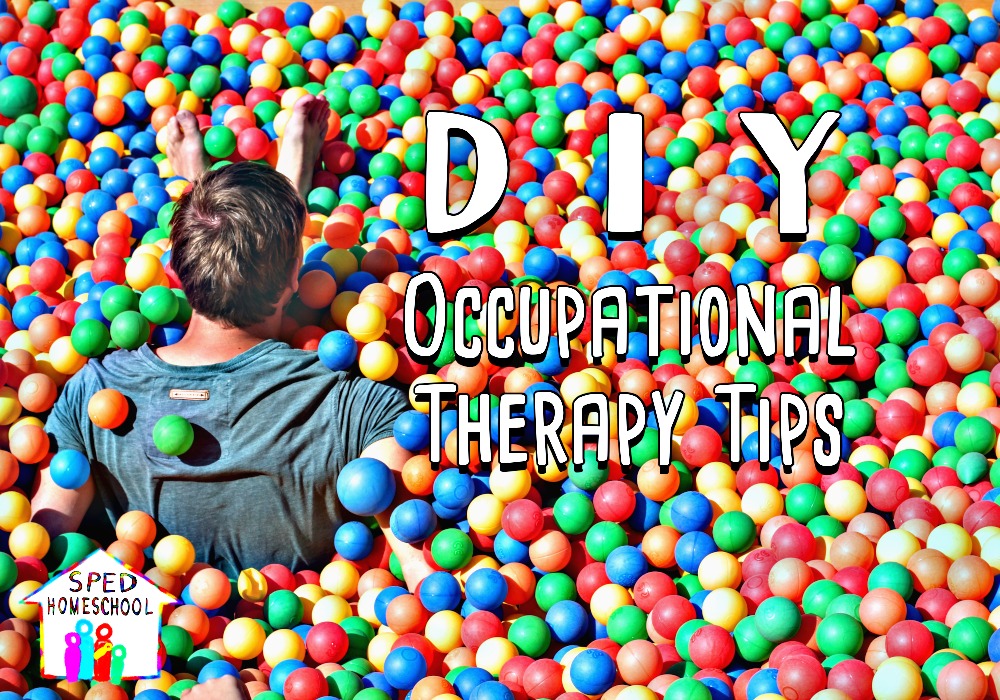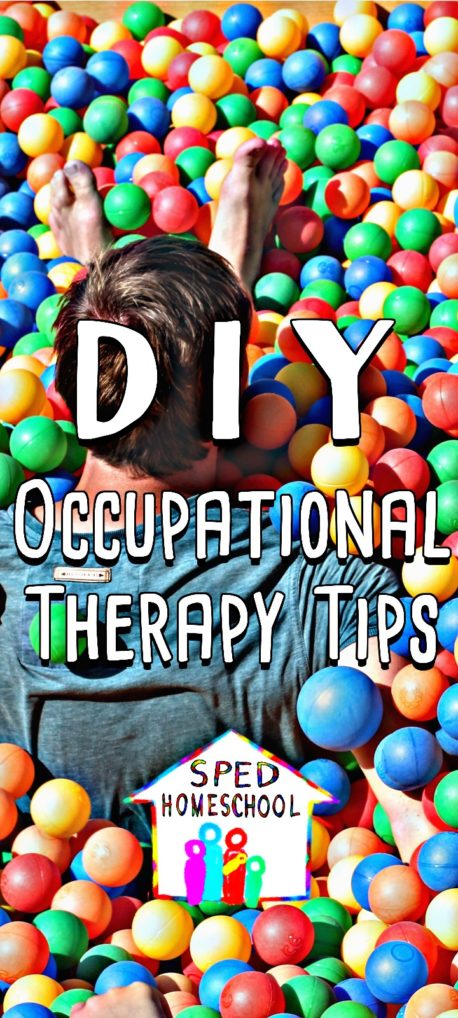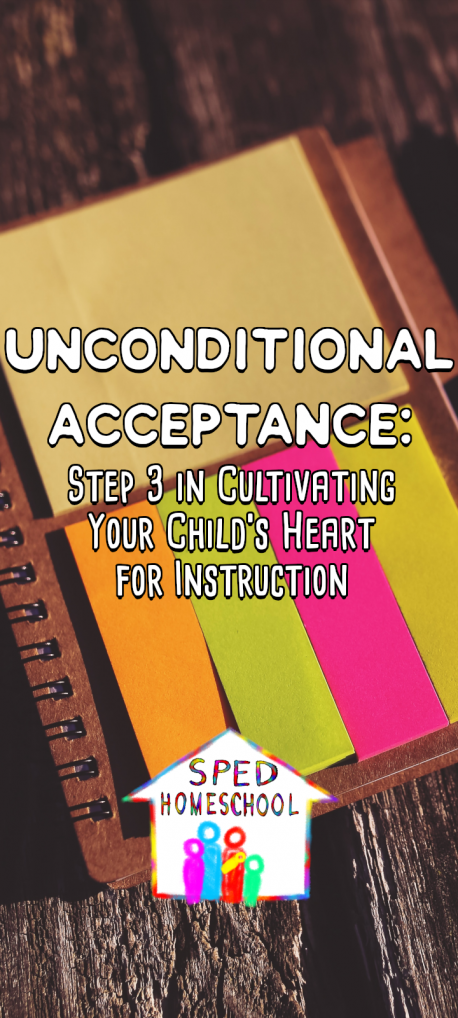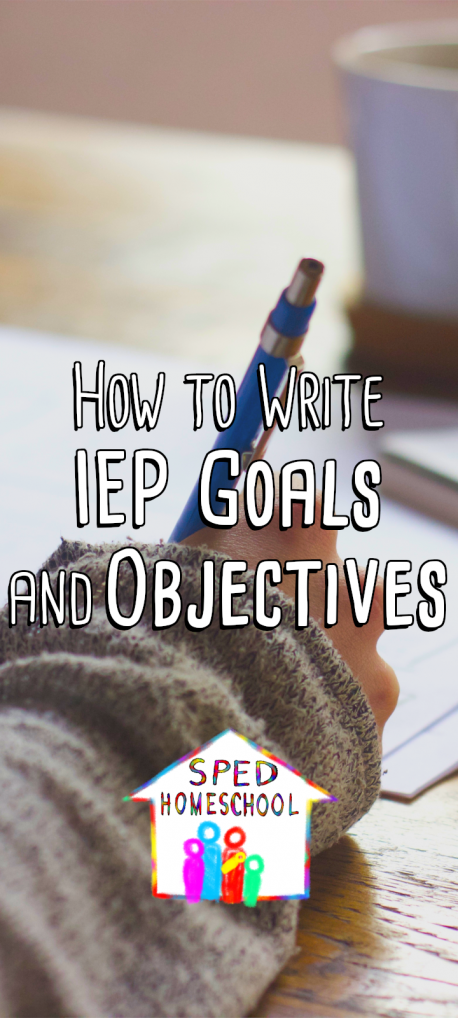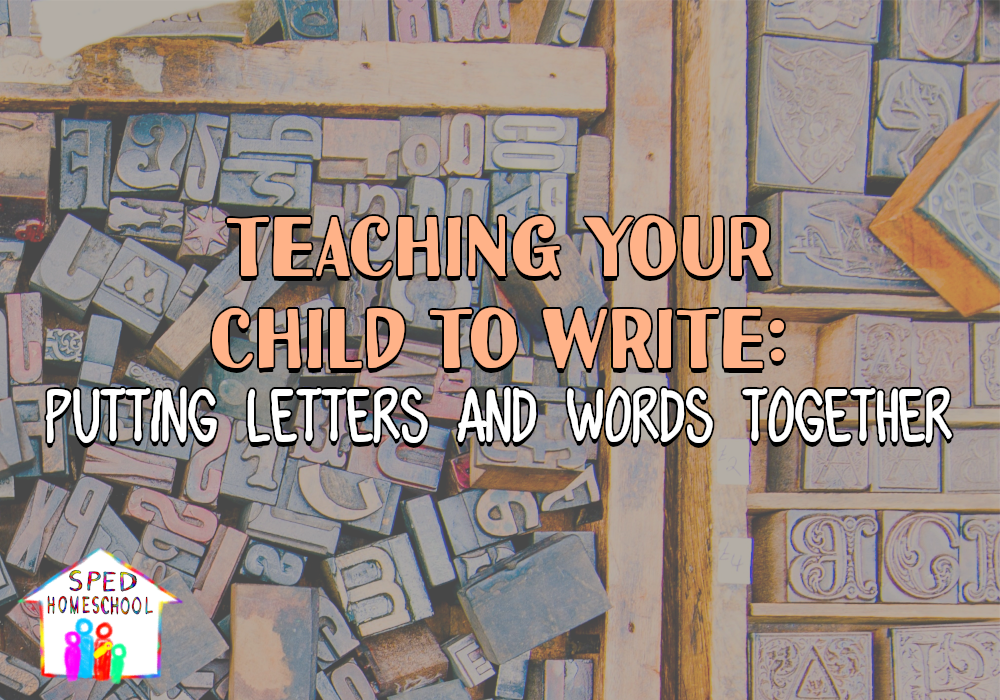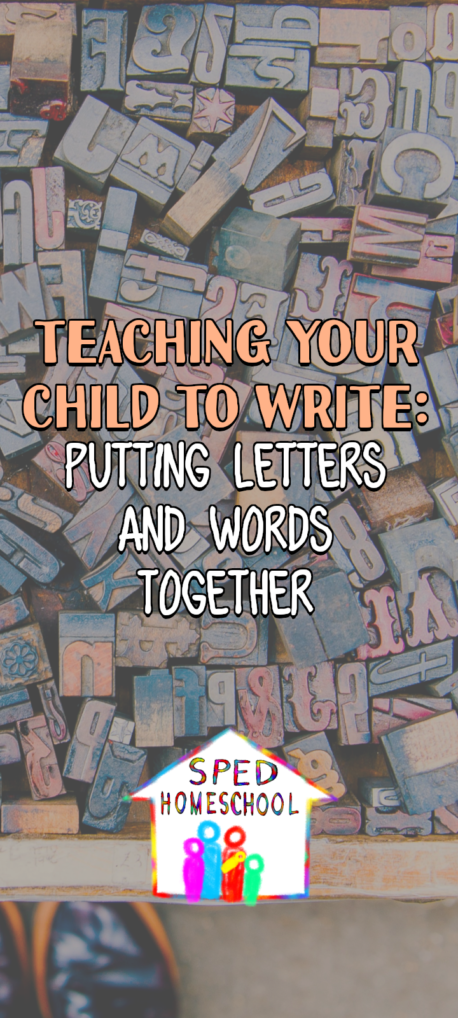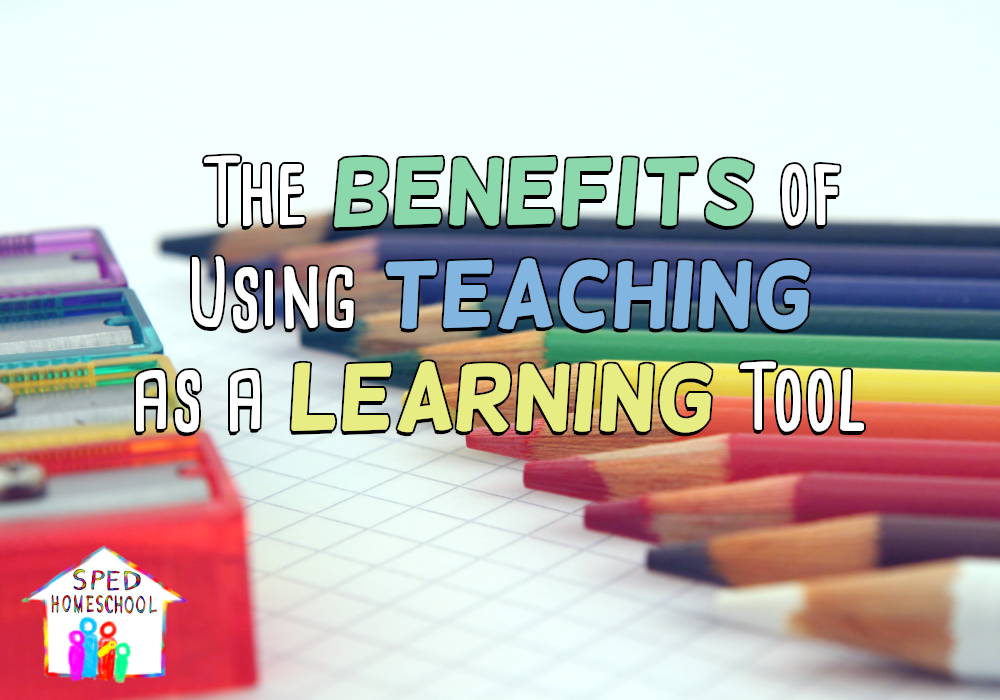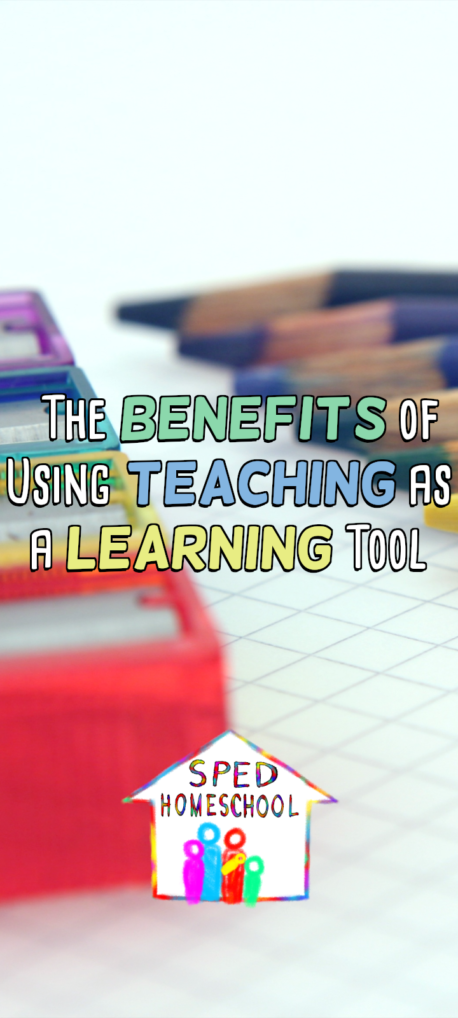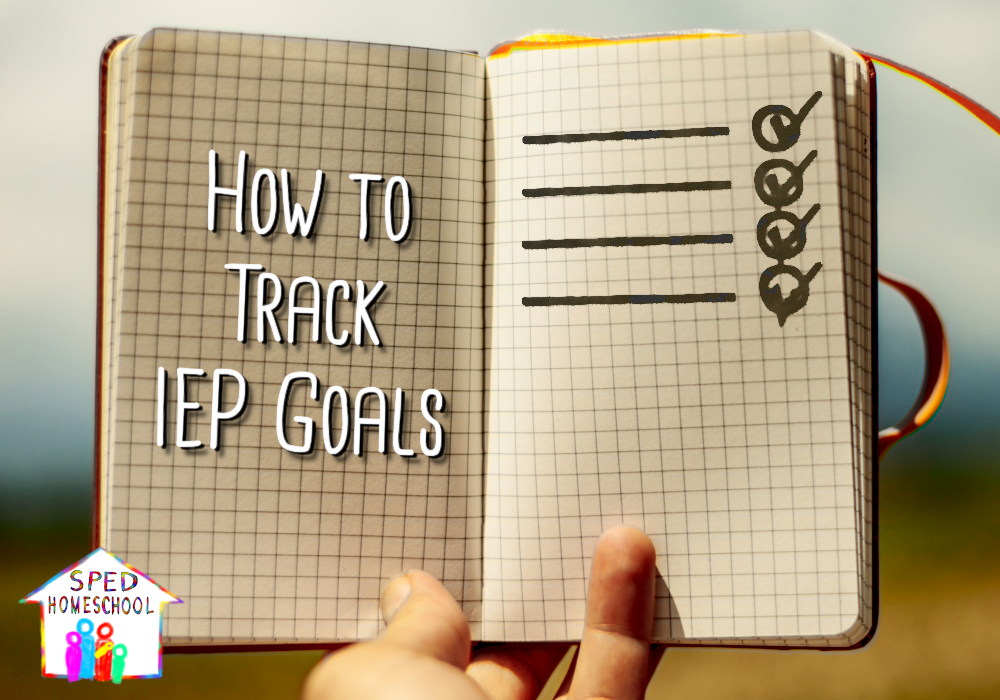
By Amy Vickrey, MSE
After you have gathered your documents, written your goals, and decided on your accommodations, you are ready to start working towards those goals, right? Let’s look at some frequently asked questions.
But how do I know what progress is made and when my child reaches his/her goal?
Tracking goals is just as individual of a process as the actual goals. Some goals can be tracked through a portfolio of work that shows the student progress over time (be sure to date the work sample and write down any accommodations you have used to help your child complete the work). Other times, a tally sheet or checklist might be useful. The most important thing to do is document it so you can see the progress!
What happens if my child is not making progress?
If your child is not making progress after working on the goal for a significant period of time (for some children this may be a few weeks, but for others it may be a few months), look at how you can change your approach to the goal or offer more support so that your child can achieve the goal with help. Check out my article on levels of support: Is it cheating when I help my homeschooled child? Over time, you can gradually lessen the support and help your child be more independent with the goal. You can always re-evaluate the goal and change it if you need to make it more achievable. The same goal can also carry into a second year.
What happens if my child progresses quicker than I expected?
First, you celebrate!!! Then, you write a new goal for the next skill you want him/her to accomplish. Even though these are commonly referred to as “annual goals,” children grow at different developmental rates and at different times. Sometimes by focusing on a skill, your child will pick it up quicker than you expect. In that case, move on to what comes next, but always take time to celebrate!
How do I report these goals with report cards?
If you are keeping grades or report cards every 6 or 9 weeks, you can write a quick summary for each goal and/or the objective. This will also help you summarize all the data that you have gathered and give you a nice single page to keep as documentation at the end of the year. This will help you look at where you need to set goals for the next year.
Check out our IEP Tools Pinterest board or check out these links for more ideas:
SMART IEPs
Setting Annual IEP Goals: What You Need to Know
IEP Goal Tracking Sheet
Progress Monitoring for IEP Goals

